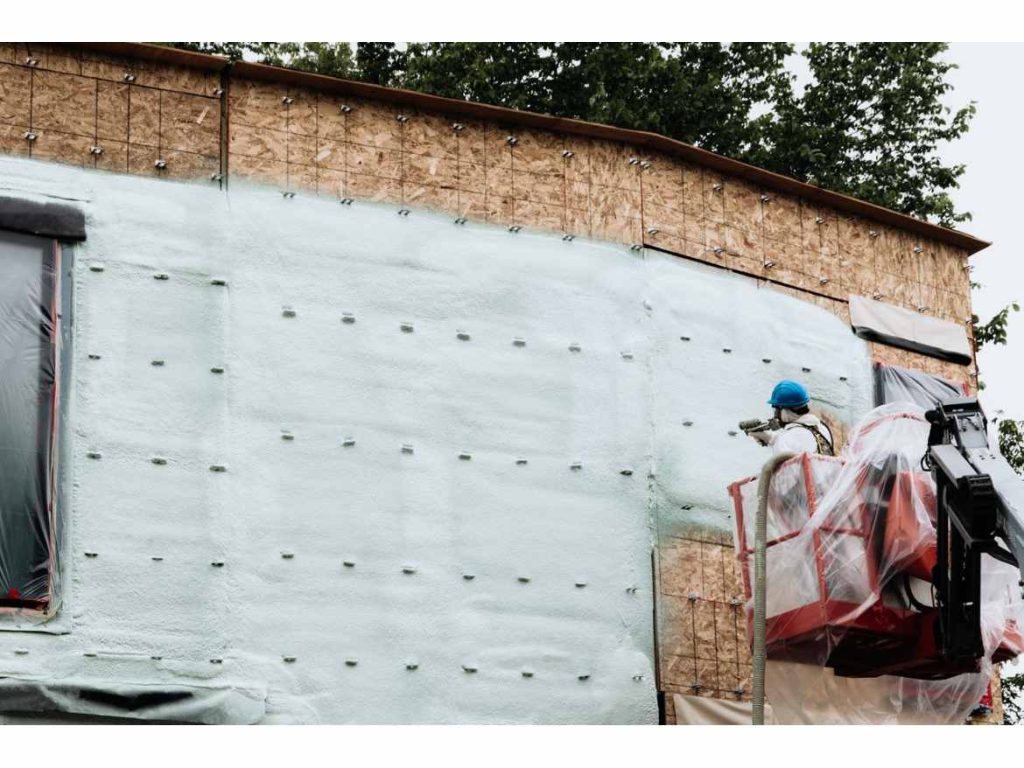In an era where energy conservation and environmental sustainability have taken center stage, the construction industry is undergoing a significant transformation. One remarkable innovation that has gained prominence in recent years is the use of spray foam insulation to create airtight homes. This technology not only addresses the crucial need for energy-efficient housing but also offers numerous benefits for homeowners and the environment. Spray foam insulation is a versatile material composed of two main components: polyurethane and isocyanate. When these components are mixed, they chemically react to expand and harden, forming a dense and effective insulating layer. This insulation method stands apart due to its ability to conform to any space, whether it is attics, walls, crawlspaces, or even irregularly shaped corners. The outcome is an airtight barrier that effectively seals the building envelope, preventing the exchange of indoor and outdoor air. Traditional insulation materials, like fiberglass or cellulose, often leave gaps and seams that permit heat transfer.

In contrast, the airtight seal created by spray foam significantly reduces air leakage, ensuring that cooled or heated air generated by HVAC systems remains within the home. This directly translates to reduced energy consumption as the need for continuous heating or cooling is minimized. Consequently, homeowners experience lower energy bills while also decreasing their carbon footprint. The benefits extend beyond energy efficiency. Spray foam insulation serves as an effective sound barrier, reducing the infiltration of external noise into the home’s interior. This is particularly advantageous for homes located in noisy urban areas or near transportation hubs. Additionally, the insulation’s airtight seal inhibits the entry of allergens, pollutants, and moisture, enhancing indoor air quality. This is a crucial consideration for individuals with respiratory issues or allergies, as well as for overall occupant health and comfort. While the upfront installation cost might be higher compared to traditional insulation, the return on investment becomes evident over time. Lower energy bills, reduced maintenance costs due to improved building envelope integrity, and potential tax incentives for energy-efficient home improvements all contribute to the financial advantage of this technology.
From an environmental perspective, spray foam insulation aligns with the goals of sustainable construction. By reducing energy consumption, it indirectly lessens the demand for fossil fuels and subsequently lowers greenhouse gas emissions. Moreover, the durability of the insulation means it requires less frequent replacement, reducing construction waste and its associated environmental impact. However, it is essential to note that while spray foam insulation offers numerous benefits, proper installation is crucial. Inadequate application can lead to issues such as uneven insulation, poor adhesion, or excessive expansion, which might compromise the intended airtight seal. Therefore, it is advisable to engage professional contractors who are experienced in working with spray foam insulation to ensure optimal results. Its ability to create airtight homes that significantly reduce energy consumption, enhance indoor comfort, and contribute to lower utility bills has positioned it as a preferred choice for homeowners and environmentally conscious builders alike and go now. As innovations in construction continue to evolve, spray foam insulation stands as a testament to the positive impact of merging technological advancements with the pursuit of a greener, more energy-efficient future.

